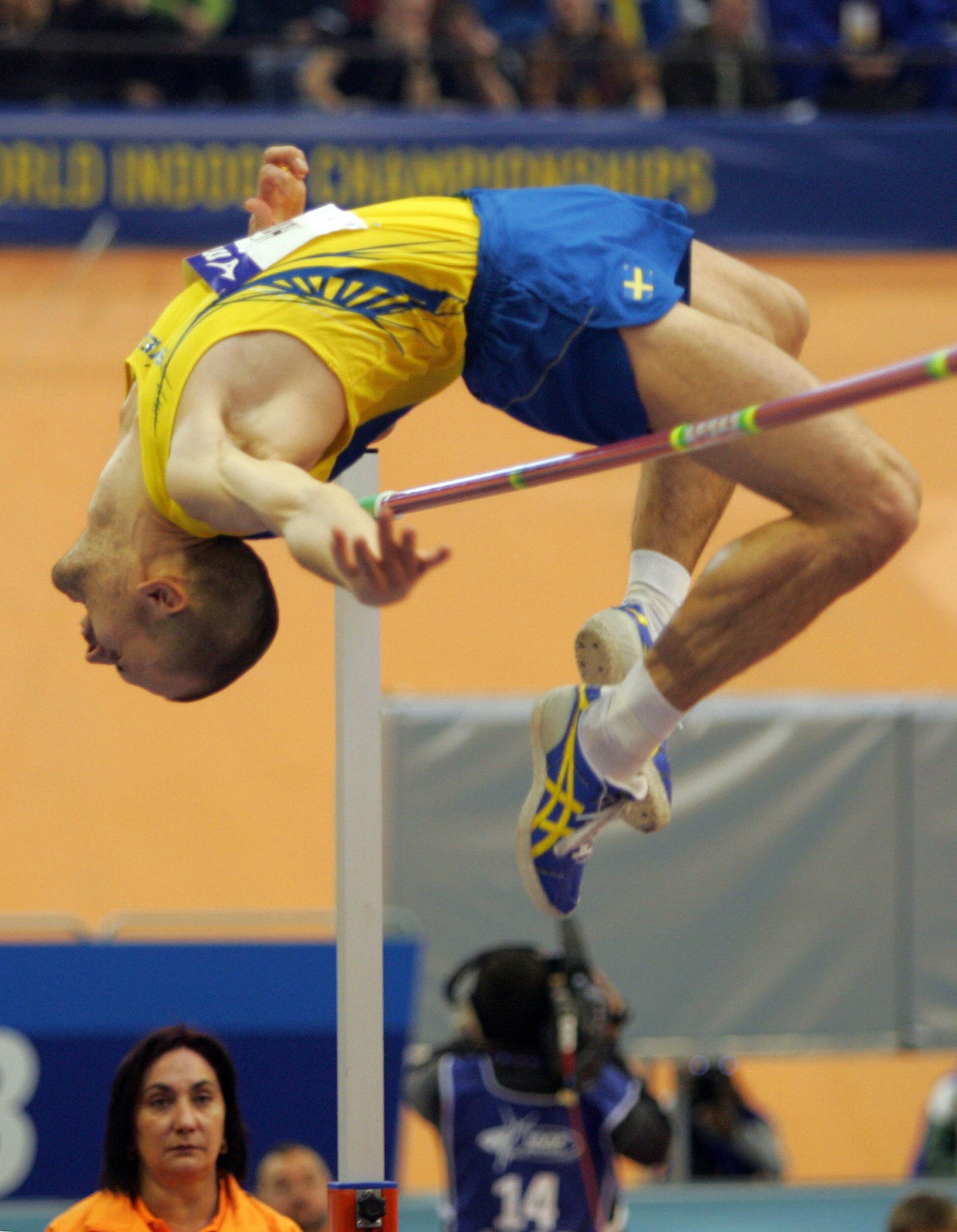The Fosbury Flop Changed Athletes' Bodies
Dick Fosbury's innovation has a lesson for everyone
High-jumping legend Dick Fosbury passed away over the weekend.
Fosbury won the Olympic gold medal in 1968, but is better known for an innovation that changed the sport: the “Fosbury flop,” i.e. going over the bar backward.
There are so many detail-rich obituaries of Fosbury, that I don’t want to retread that ground. Instead, I just want to share two aspects of Fosbury’s breakthrough that I find striking.
First: Fosbury’s innovative technique makes perfect physics sense. By arching his back and curling his legs around the bar, his center of mass could pass under the bar, while his body passed over it. Thus, he didn’t need to jump as high to clear the bar. Brilliant! Also: simple! And yet, it didn’t come from sports scientists, and Fosbury was warned against it by some coaches who felt it wouldn’t work, and that he’d probably get hurt. But the older methods of high-jumping hadn’t been working well for him, so he experimented. Fosbury wasn’t thinking about the physics; he was just searching for something that felt like it would allow him to more easily get his butt away from the bar. Clearly, he hit on something that worked for him. And then for everybody.

I think there’s a lesson here about problem solving in sports, and probably well beyond. Breakthroughs — whether personal, or for an entire domain — often start with individual experimentation, and only later do the principles of why it obviously worked become clear.
I definitely don’t want to apply any broad brush to coaches, but my impression of some of the great ones I’ve interacted with is that they’re hyperaware of the need for athletes to have a hand in their own solutions. Of course, the coach can impart important principles, but my sense of great coaches is that they also allow — or encourage — some freedom for the learner to experiment and find a personal solution within the bounds of the task. Granted (and apropos of the last post), sports are relatively “kind” learning environments, with automatic feedback on experiments. But I think there’s an analogy for coaches or mentors or bosses of any kind: we should all think about how we can use our influence essentially to underwrite smart risk-taking and experimentation, even within the confines of a well-defined goal.
Second: the Fosbury flop gave an advantage to athletes who start with a high center of mass. In just eight years after Fosbury won gold in Mexico City, the average height of elite male high-jumpers increased by four inches! Technical and technological innovations often alter the characteristics of top performers, and that is especially easy to measure in sports. In tennis, for example, the switch from wood to rackets made with graphite — lighter and stronger — allowed for more powerful serves. Thus, serves became more important in tennis, and tennis players got taller to capitalize on the tech. (Of course, players didn’t grow more; rather, individuals who made it to the top tended to be taller.) If you’re interested in this sort of thing, I wrote a lot about it in The Sports Gene.
Most of all, I hope Dick Fosbury, and his flop, will stick in your mind as a great example of someone who was willing to try something — specifically something that looked silly — when the old way wasn’t working for him. As Bob Welch, who coauthored a book with Fosbury put it: "Dick is fond of saying 'I like to live in the moment.’ And that moment told him, 'lift up your hips, pal.' "
Congrats to me on actually writing a short post! I hope to do more short, thinking-out-loud posts here and there. But I welcome feedback on that idea in the comments below.
If you found this interesting, please share it.
And you can support Range Widely with a free or paid subscription.
Thanks for reading. Until next time…
David






As a high jumper from the time, no coincidence that the flop arrived shortly after foam pits. I jumped on sawdust, which was common; some jumped into sand. No foam, no flop. Foam opened a door; Fosbury discovered the possible by going through it. (Noting that vaulters got foam before we more earthbound did.)
Short is great and more fun to read! :)